Phone:
TBA
Physical address:
TBA
When choosing between aluminum and steel scaffolding, consider their distinct advantages. The choice of scaffolding material can impact your project significantly. Aluminum scaffolding is lighter and more portable, making it easier to carry, set up, and store. It’s also resistant to corrosion, reducing maintenance needs. However, it has a higher initial cost. Steel scaffolding is stronger, ideal for heavy loads and extreme conditions, though it’s heavier and more cumbersome to handle. It’s typically cheaper upfront but requires more maintenance to prevent rust. Both have safety features, but steel can handle heavier loads without compromising stability. Want to uncover more about which option suits your needs best?
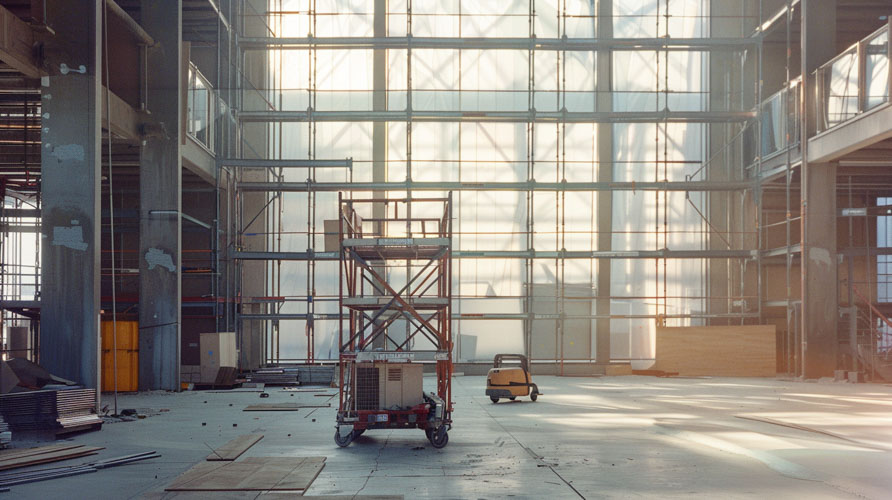
When comparing aluminum and steel scaffolding, you’ll immediately notice aluminum’s lighter weight and increased portability. This difference is crucial, especially if you need to frequently move or transport your scaffolding. Aluminum scaffolding is significantly lighter, making it easier to carry, set up, and dismantle. If your projects involve a lot of relocating, aluminum scaffolding can save you a considerable amount of effort and time.
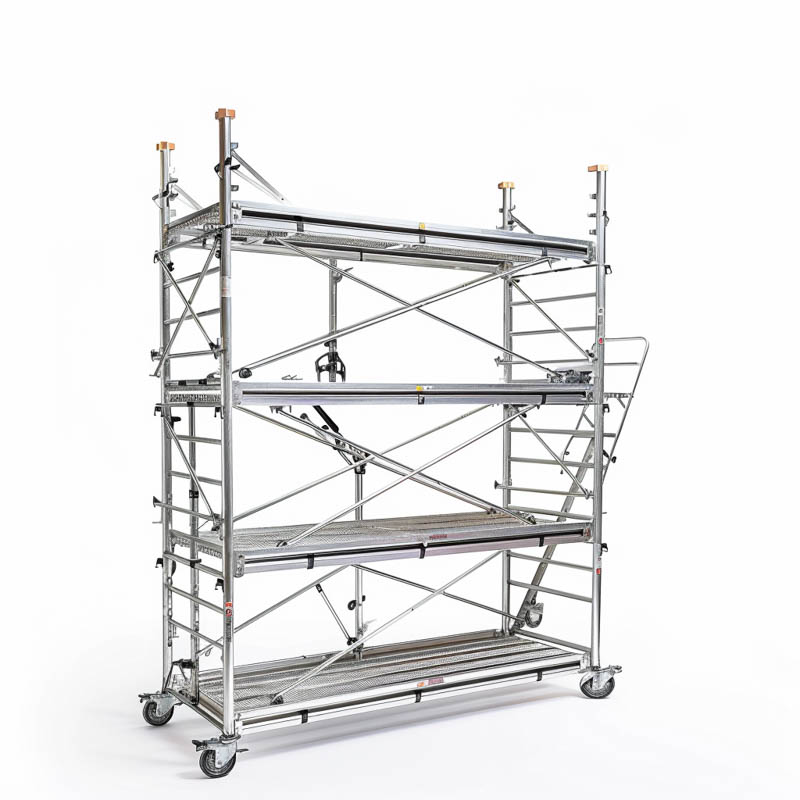
Portability is a big advantage when you’re working on large-scale projects or in environments where space is limited. Aluminum scaffolding can be quickly disassembled into smaller pieces, which makes transporting it in a vehicle far more manageable. It’s also easier to store when not in use, taking up less space in your warehouse or storage area. This flexibility allows for more efficient use of resources and quicker turnaround times between projects.
Additionally, the ease of handling aluminum scaffolding reduces the risk of injury. You won’t need as many workers to move it around, and the lighter weight means less strain on those who do. This not only speeds up the workflow but also promotes a safer working environment.
Despite its lightweight nature, aluminum scaffolding remains sturdy enough for most standard construction tasks. Its portability doesn’t compromise its functionality, making it a versatile choice for various types of projects. You can easily maneuver it through tight spaces or uneven ground, ensuring that you can set it up wherever you need without much hassle.
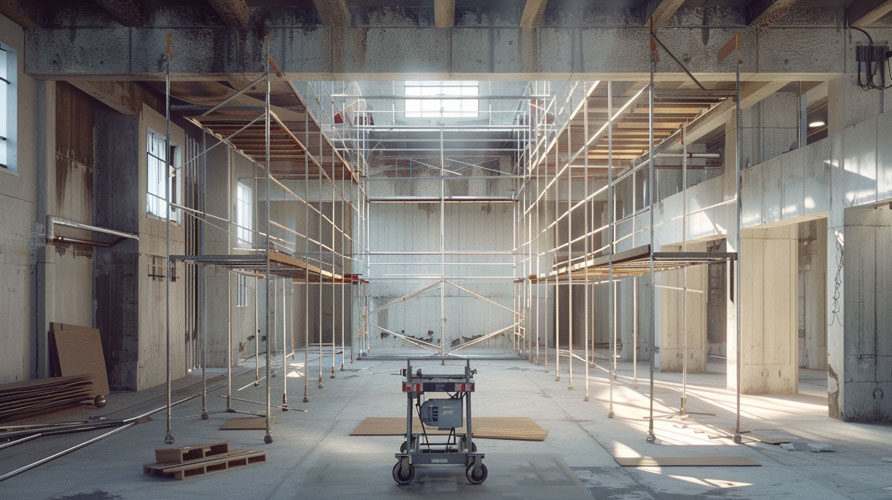
Aluminum and steel scaffolding each offer unique benefits when it comes to strength and durability, making the choice between them crucial depending on your project’s specific needs. Bamboo scaffolding is another alternative often used in the construction site. If your project requires a scaffold that can withstand heavy loads and extreme conditions, steel scaffolding might be your best bet. Steel is renowned for its exceptional strength, able to support a significant amount of weight without bending or breaking. This makes it ideal for large-scale construction projects where heavy materials and equipment are in constant use.
On the other hand, aluminum scaffolding, while not as strong as steel, offers an impressive balance of durability and lightweight convenience. Aluminum is naturally resistant to corrosion, which means it won’t rust over time, ensuring a longer lifespan with minimal maintenance. This makes aluminium scaffolding better than steel in many situations. This can be particularly advantageous for projects in humid or rainy environments where steel might require additional protective treatments to prevent rust.
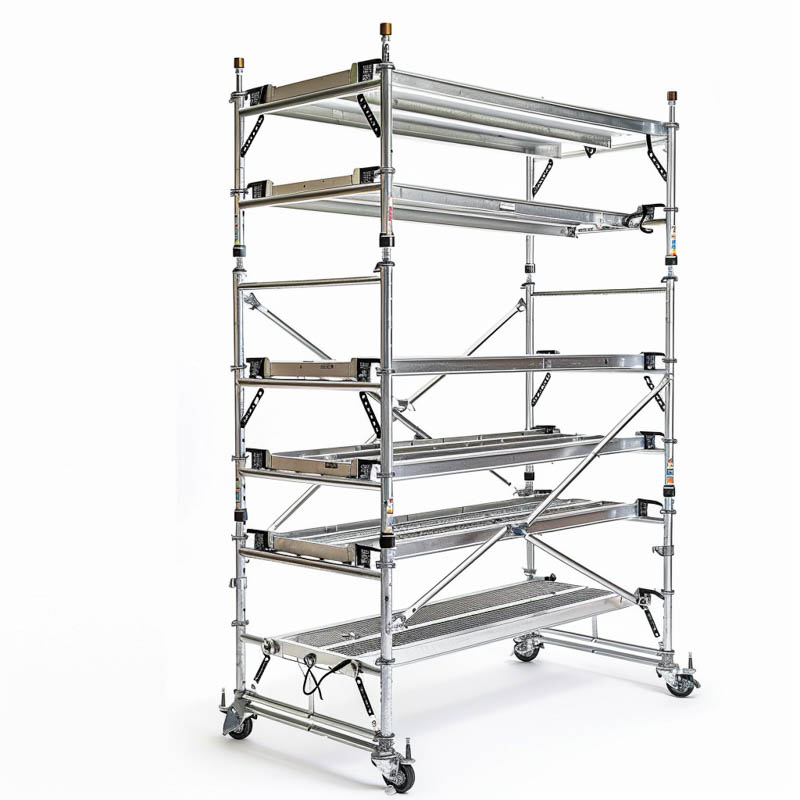
However, don’t underestimate aluminum’s strength. Though lighter, aluminum scaffolding is still capable of supporting substantial loads, making it suitable for many construction and maintenance tasks. The key is to assess the specific load requirements and environmental conditions of your project. If your project involves frequent assembly and disassembly, aluminum’s lightweight nature can save considerable time and effort without compromising on durability.
Ultimately, your choice between aluminum and steel scaffolding should be guided by the demands of your project. Consider the type of work, the environment, and how important factors like rust resistance and ease of handling are to you. By weighing these aspects, you’ll be better equipped to choose the scaffolding that offers the best combination of strength and durability for your needs.
Choosing between aluminum and steel scaffolding involves not just evaluating their physical properties but also considering the cost implications for your project. The initial purchase price, maintenance expenses, and potential longevity all play significant roles in your decision-making process.
When it comes to the initial cost, aluminum scaffolding typically comes with a higher price tag compared to steel. This is primarily due to the lightweight nature and corrosion resistance of aluminum, which can be advantageous in the long run. Aluminium scaffolding better than steel can also mean less maintenance and lower costs. However, don’t let the upfront cost be the sole determining factor. Here are some key cost considerations for choosing the right type of scaffolding material:
You also need to consider the resale value. Aluminum scaffolding often retains a higher resale value due to its longevity and lower maintenance needs. Steel, while initially cheaper, may not offer the same return on investment.
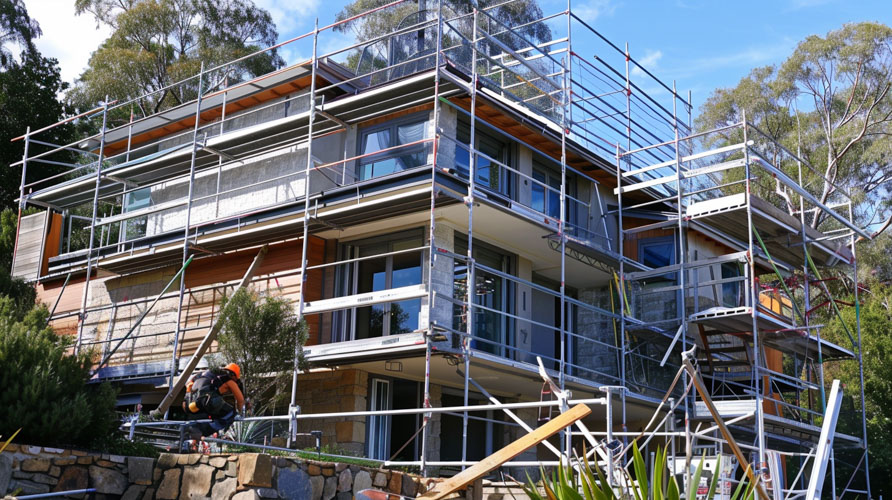
During the assembly and disassembly process, the lightweight nature of aluminum scaffolding makes it significantly easier and quicker to handle compared to steel. You’ll find that aluminum components are much lighter, which means less strain on your muscles and joints. This can be especially beneficial if you’re working in environments where frequent setup and teardown are required. With aluminum, you’ll reduce the time and effort needed to get the job done, allowing for a more efficient workflow.
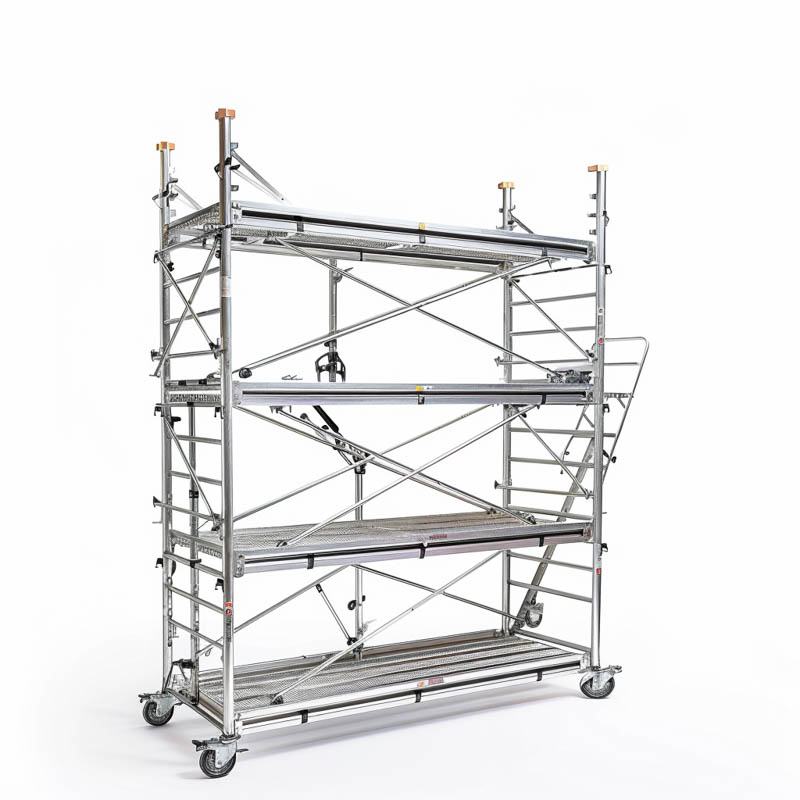
In contrast, steel scaffolding is much heavier, which can complicate the assembly and disassembly process. It often requires more manpower and potentially specialized equipment to lift and position the components. If you’re working on a large project, this could mean more labor costs and a longer setup time. Additionally, the bulkier nature of steel can make it difficult to maneuver in tight spaces, which can be a hassle on crowded job sites.
Aluminum scaffolding also benefits from modular designs that are typically easier to assemble. The pieces often snap or lock into place with minimal tools, making the process almost intuitive. On the other hand, steel scaffolding may require more bolts, screws, and other fasteners, adding to the complexity and the time required for both assembly and disassembly.
Given these factors, choosing aluminum can save you both time and effort. This can be a crucial consideration if you’re looking to optimize productivity and minimize downtime. By opting for aluminum scaffolding, you’ll find that the overall process is more streamlined and manageable, enhancing your project’s efficiency.
While the ease of assembly and disassembly is important, ensuring the scaffolding’s safety features is paramount. Different types of scaffolding materials like bamboo provide various safety and stability features. When you’re choosing between aluminum and steel scaffolding, safety should be your top priority. Both materials have unique safety features that can impact your decision.
First, aluminum scaffolding is known for its lightweight nature, which makes it easier to transport and install. Using aluminum reduces labor costs on the construction site. This minimizes the risk of injuries during setup and takedown. However, aluminum can be less stable under heavy loads compared to steel, so you’ll need to carefully consider the weight of the materials and workers it will support. Go back to Scaffold for Hire home Page.
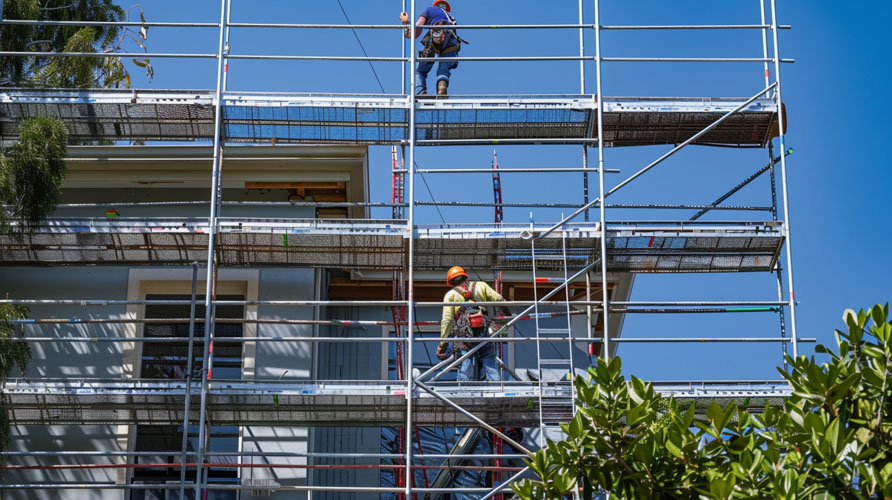
Steel scaffolding, on the other hand, is robust and can handle heavier loads without compromising stability. Despite this, aluminium scaffolding is often considered better than steel for ease of use. This makes it ideal for projects that require substantial support. However, steel is much heavier, which can pose risks during assembly and disassembly if not handled properly. It’s crucial to ensure that all workers are adequately trained and equipped to manage these heavier components safely.
Here are some key safety features to consider for both types:
Weather’s impact can vary. You’ll find that corrosion, temperature changes, and moisture levels can affect different materials uniquely. Be sure to consider these factors when choosing the right scaffolding for your project.
Are There Specific Maintenance Requirements for Aluminum Vs. Steel Scaffolding? Consider how the type of scaffolding material affects long-term care.
You’ll need to perform regular inspections for both materials. For aluminum, check for oxidation and joint integrity. Steel requires rust prevention and thorough cleaning. Each type has its own maintenance needs to ensure safety and longevity.
What Are the Environmental Impacts of Aluminum and Steel Scaffolding? Choosing the right type of scaffolding material can reduce the environmental footprint of your construction site.
You’re considering the environmental impacts, right? Aluminum production’s energy-intensive but recyclable, reducing long-term waste. Using aluminum, especially in construction, can be more eco-friendly. Steel’s production emits more CO2, yet it’s durable and recyclable too. Steel vs aluminium scaffolding presents different environmental impacts. Both have pros and cons; it’s a balance.
You can’t always use them interchangeably. Each has specific strengths and weaknesses, so it depends on the project’s requirements. Consider factors like load capacity, weight, and environmental conditions before deciding which scaffolding to use.
Worker fatigue is influenced by the weight and ease of maneuverability of scaffolding. Lighter materials reduce physical strain, making tasks less exhausting. It’s crucial to consider this when choosing scaffolding to ensure worker efficiency and safety.